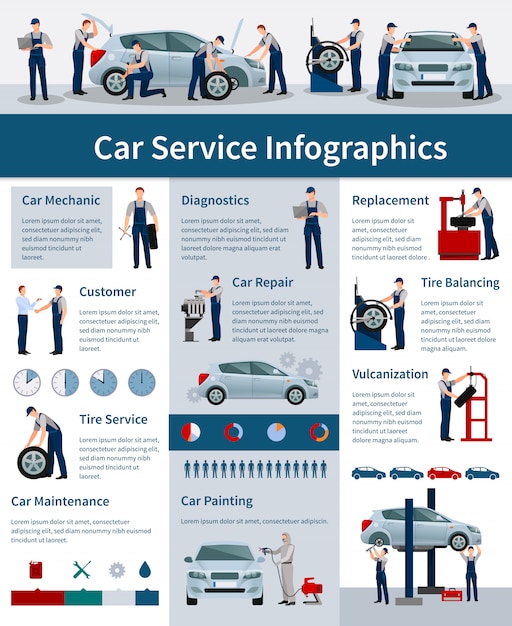A Newcomer'S Manual For Interpreting Your Vehicle'S Alert Lighting
A Newcomer'S Manual For Interpreting Your Vehicle'S Alert Lighting
Blog Article
Written By-Shah Eriksson
When you're behind the wheel, those little caution lights on your cars and truck's control panel can be quite perplexing. What do they imply, and should you be concerned? Comprehending these signals is essential for your vehicle's health, however it doesn't have to be an overwhelming task. By deciphering the enigma behind each light, you'll be equipped to manage prospective concerns efficiently and keep your car running smoothly. So, following time a warning light flashes, don't panic - arm on your own with expertise and take control of the circumstance.
Value of Car Caution Lights
Understanding the value of your cars and truck's caution lights is essential for maintaining your car's health and wellness. These lights act as your automobile's interaction system, alerting you to possible problems that might threaten your safety and security when traveling or lead to costly repairs if overlooked. By taking notice of these cautions, you can resolve issues early and stop further damage to your car.
Overlooking warning lights can cause significant effects, such as engine failing, brake breakdowns, or even mishaps. These lights are designed to inform you of concerns varying from low tire stress to engine breakdowns, providing you the opportunity to act prior to the situation aggravates. Frequently examining and recognizing these cautions can conserve you time, money, and ensure your security while driving.
Along with maintaining you safe, responding quickly to cautioning lights can also help lengthen the lifespan of your auto. By attending to just click the up coming internet page at an early stage, you can prevent little problems from intensifying right into significant repair work, inevitably saving you money and time in the future. Bear in mind, your car's warning lights are there for a reason - don't overlook them!
Common Warning Lights and Meanings
When it comes to driving your car, being aware of common warning lights and their significances is vital for your security and car maintenance. Here are https://carbrakes73840.blogscribble.com/31258859/exploring-a-range-of-occupation-options-in-the-automotive-fixing-market of typical warning lights you might come across:
1. ** Check Engine Light **: This light shows a concern with your engine. It could be something small like a loosened gas cap or something a lot more significant like engine misfiring.
2. ** Battery Light **: This light signals an issue with your auto's charging system. It might show a defective battery, generator, or other associated parts.
3. ** Oil Stress Light **: When this light comes on, it means your engine may be running low on oil or experiencing reduced oil pressure, which can cause engine damages otherwise addressed without delay.
4. ** Brake System Light **: This light indicates an issue with your stopping system. relevant web page could suggest reduced brake liquid degrees or a trouble with the brake system that requires instant interest.
Recognizing these common warning lights will aid you recognize prospective problems early on and protect against even more significant troubles later on.
Just how to React To Caution Lights
On the occasion that a caution light brightens on your car's dashboard, it's essential to react without delay and suitably. When a warning light begins, the first step is to consult your owner's manual to comprehend the specific concern indicated by the light.
Some lights require instant focus, while others may show a much less immediate matter. If the caution light is red or flashing, it's usually an indication of a significant trouble that requires prompt action. In such cases, it's suggested to pull over securely, shut off the engine, and look for expert assistance.
For yellow or orange caution lights, while they may not call for prompt interest, it's still essential to deal with the hidden concern quickly to avoid more damages. Normal upkeep and evaluation can assist avoid advising lights from beginning suddenly.
linked site
To conclude, recognizing your auto's caution lights is critical for maintaining your car's health and safety. By regularly examining and responding to these warnings, you can address possible concerns early and avoid costly fixings or safety and security dangers. Bear in mind to consult your owner's guidebook for details on different warning lights and always take instant action for red or flashing lights. Keep aggressive and maintain your auto running efficiently!
